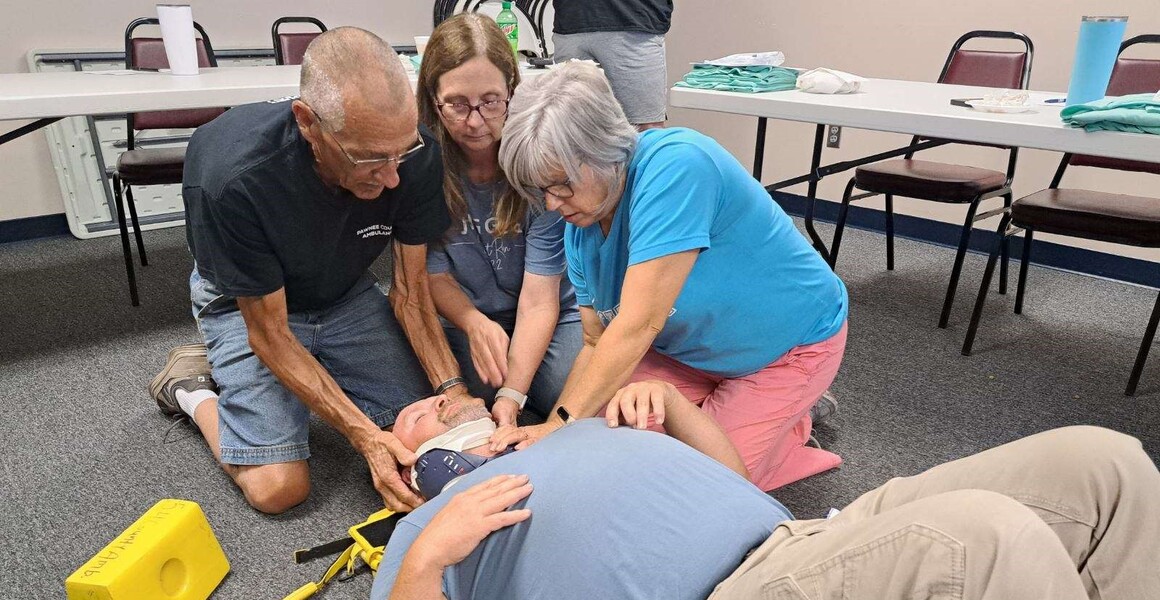Heart Health Month
By Dr. Kent Niss
February is not just for happy hearts on Valentine’s day but is a month where we focus on heart health! Heart disease is our nation’s number one cause of death and morbidity and therefore deserves a lot of attention. The hard part about living a heart healthy life is the fact that nearly everything we do can affect the health of our heart. The easy part is that that some subtle changes can make a world of difference. Today I would like to comb through a couple topics that can impact heart health and the changes in each of these that can result in living a better and longer life!
In general, there are 4 major factors that need to be considered when discussing risk for heart disease: non-modifiable risk factors (genetics and gender), the foods we eat and drink, environmental factors and activity/fitness. I do think it is also important to define what I mean when I say heart disease. Heart disease can mean several things, from a heart attack (myocardial infarction) to congestive heart failure and even other disease processes such as atrial fibrillation and diseases of the heart valves.
Non-modifiable Risk Factors
These are things such as your genetics and gender as well as age. These are not items that we can manipulate or change. So, these are areas we need to be more aware of, which can lead to taking steps sooner to screen for heart disease. Some of us have a vast family history of heart disease and this is important to be aware of. If you have family members who have developed heart disease at younger ages then it’s important that you also discuss this with your medical provider, so that screening for heart disease can be performed at younger ages then we recommend others.
Diet
The foods we eat and the liquids we drink have an enormous impact on our heart’s health, but you do not need to flip your diet upside down to make better “heart healthy” decisions. Now, I would like to clarify that when I use the word “diet” I am simply talking about the things you eat or drink, not a specific diet plan, this is important. There are a few basic rules that can be followed to start eating healthier: eat whole foods (meaning foods that have not been processed), fill your plate with more color, increase fiber and reduce saturated fats.
Processed foods are great for shelf life, but they have the potential for a lot of harms to our body. I love a snickers bar just as much if not more than the next person, but an excellent alternative would be a half cup of almonds, cashews or walnuts.
Filling your plate with color also is a simple way to know you are adding a variety of great nutrients to your diet (disclaimer: I am talking about whole foods with color not foods that have a variety of food dyes added). A plate that consists of chicken, broccoli, beets and wild rice has a tremendous amount of great nutrients as compared to a plate with chicken, potatoes and a cornbread. Incorporating a variety of foods and foods of a variety of colors into your diet can increase the amounts of key nutrients that our body, let alone our heart, needs to function optimally. Increasing the variety of foods in your diet also will decrease the volume starches and simple sugars that you eat, which in turn decrease risk for diabetes and obesity.
Fiber is an incredible nutrient that can optimize your body’s digestion of food. As with all rules, there are exceptions and there are a select few gastrointestinal disorders that require lower fiber diets, however, the vast majority of people would greatly benefit from increasing fiber in their diet. The recommended amount of fiber for a heart healthy diet is between 30-40 grams daily. For reference a single slice of whole grain bread has 3 grams of fiber, a medium sized baked potato has 2 grams, the same size sweet potato has 4 grams, one cup of broccoli has about 5 grams and ½ cup of black beans has about 8 grams. Increasing fiber in your diet can be tasty, research high fiber foods and get creative making some meals.
Saturated fats. This seems to be the topic sense the dawn of modern medicine, well at least with discussion of hearth health. Saturated fats are (in general) those fats that are solid at room temperature. When we eat large amounts of saturated fats our research has proven time and again that we will have increased plaque buildup within our arteries. Plaque buildup within the arteries is the primary cause of heart attacks as well as strokes. When you hear of a person needing a bypass surgery for their heart or to have a stent place it is because the arteries that supply blood, oxygen and nutrients to the heart have become plugged up with plaque. Now it is important to note that I said, “large amounts of saturated fats”. Many of the foods that contain saturated fats also contain so many other great nutritional benefits, therefore avoiding these foods completely is also not recommended. Saturated fats have consistently been shown to raise our “bad cholesterol” otherwise known as LDL or V-LDL cholesterol. Many of my favorite foods contain saturated fats: beef, pork, chicken, butter, cheese and ice cream!!! Again, that does not mean that you need to eliminate these things completely, but more importantly you need to be mindful of these things and eat them in moderation and cut away the large portions of fat on such things like beef and pork.
Eating heart healthy can be very simple, however, there are definite barriers: cost, availability, shelf life and even making more frequent trips to the grocery store. It is important to remember that one small change can have a dramatic impact and making small changes over time can help make the transition to eating heart healthy very simple. Sometimes getting creative and trying new things is going to be necessary, but this is hard to do without guidance. There are great resources for good and accurate information out there: speak with your medical provider, they have years of experience that can help you in a variety of ways; also heart.org is the American Heart Association’s website and there is a wealth of great and relatable information there. I would encourage you to look into these two resources and during this month start thinking of ways to incorporate a new focus on heart health into your daily routine.










